Face-to-Face vs eLearning in Maritime Training
Aug 26, 2015 Murray Goldberg 1 eLearning, Maritime TrainingThe Most Unfortunate Phrase in Maritime Training: “There is No Replacement for Face to Face Training”
Have you ever been involved in a discussion about maritime training and heard someone say “there is no replacement for face to face training”? Having had over twenty years of education and training-related conversations, I can tell you that I have heard this comment (or a comment along the same lines) more times than I can possibly count.
To be honest, I find the comment a little disturbing. It isn’t disturbing because it’s necessarily untrue or wrong (more on that below), but because it is one of the most misappropriated phrase in maritime training. This is nothing new. Fifteen or twenty years ago a comment very much like this was one of the most misappropriated phrase in higher education as universities were experiencing explosive growth in the use of educational technologies.
I say the expression is misappropriated because when said, the usual implication is that eLearning is an inferior form of training and that face-to-face training is the gold standard for the maritime industry. This is categorically untrue. And perpetuating that belief holds us back from providing better training outcomes, and consequently reducing accidents, saving lives, and avoiding environmental disasters.
So let’s look at the truth of the phrase rather than the implication, and understand the role of face-to-face training in the maritime industry vs. eLearning.
Is it true?
Is it true that there is no replacement for face-to-face training in the maritime industry? Yes – it is absolutely true. But not in the way it is usually meant. It is true in the sense that if face-to-face training were to be taken away as a form of training and we were left with only eLearning, we would be losing a valuable and effective tool in maritime training. All the research on the subject (as well as all the practical experience) tells us that training outcomes would be poorer without face-to-face training. Face-to-face training is a critical component in maritime training.
But the story does not end there. There is a second, but equally important statement to be made. And that statement is: “there is no replacement for eLearning”.
“There is No Replacement for eLearning”!
This is not a statement you’ll hear around the water cooler very often. But this statement is every bit as true as there being no replacement for face-to-face training. If eLearning were taken away as a tool in maritime training (or in any educational or training environment) and we were left with only face-to-face training, outcomes would be poorer. Again, all of the research and experience are clear on this.
So – how can it be that there is neither a replacement for face-to-face training or eLearning?
eLearning vs. Face to Face Training
To understand the issue of face-to-face training vs. eLearning, we first need to stop thinking of them as competitive alternatives. They are complimentary tools that, when combined, produce better training outcomes than either one alone is capable of providing. Much better, in fact. This makes logical sense.
Face-to-face training has certain characteristics. If it is done well it is immediately responsive, motivating and engaging. Given the alternatives, some individuals learn better in face-to-face environments than they do on line.
Likewise, eLearning has certain characteristics. If done well, it can be very responsive to the individual learner in terms of pace, depth and pre-existing knowledge. It also can greatly improve access to training, can provide automatic feedback on how the learner is doing, and can provide incredible access to a peer learning community where trainees support one another in achieving their learning goals.
You will notice, looking at the above, that many of the strengths of face-to-face training and eLearning are not the same – they each have different qualities. That is the key fact – each have different, complimentary qualities.
Because of this, some trainees, given access only to face-to-face training, will learn better than if they were given access only to eLearning. Likewise, other trainees will learn better if given access only to eLearning rather than face-to-face training. It depends on their personal learning style. However, all trainees will learn at least as well and usually better if they are given access to a blended learning approach – one which utilizes and incorporates the advantages of both face-to-face training and eLearning. This approach covers off a broader range of learning styles and provides more opportunity for learning – producing significantly better training outcomes.
What does the research say?
I have written other articles on the research supporting the superiority of blended learning – both my own early research as a university faculty member studying the subject in the early 1990s, as well as the definitive research study produced by the US department of education in 2010. Therefore, I will not go into any depth on the subject here other than to state the research conclusions.
After 20 years of research on the subject, the answer is clear. When comparing on-line learning against face-to-face learning, students outcomes are roughly equal with a slight advantage to those who are learning online (yes – given the choice, online is slightly better than face-to-face)! However, the significant advantage is produced when combining the two. Students in blended learning environments learn significantly better than if they had access to either of on line learning or face-to-face learning alone. And this result holds across all subject matters studied!
But is the Maritime Industry Different?
It turns out the maritime industry is no different at all. Now that the maritime industry has recently gained access to enterprise learning management systems (LMS) to support blended learning programs, we are starting to see very positive results. I have written about this in the past as well, so will just mention here the story of BC Ferries. They are one of the earliest vessel operators to institute a blended learning program to replace their familiarization training (which was previously based on job-shadowing).
Their program, called the “SEA” program for Standardized Education and Assessment, was created as a part of a larger safety culture initiative called SailSafe. Overall, SailSafe (of which blended learning is a central component) has seen accidents reduced by over half, and insurance claims costs reduced by three-quarters. These are amazing results.
Conclusion
So – next time you are standing around the water cooler (or the intercooler) and hear someone remark that “there is no replacement for face-to-face training in the maritime industry”, I’d like to suggest the following response: “that is absolutely correct – just as there is no replacement for eLearning in the maritime industry”.
At the very least, I suspect you’ll end up in an entertaining conversation. And at best, you’ll help dispel a myth which, to some degree, continues to be responsible for injuries, deaths, and environmental disasters in our industry.
Blog Notifications:
For notifications of new maritime training articles, please follow this blog.
Interested in Marine Learning Systems?
Contact us here to learn how you can upgrade your training delivery and management process to achieve superior safety and crew performance.


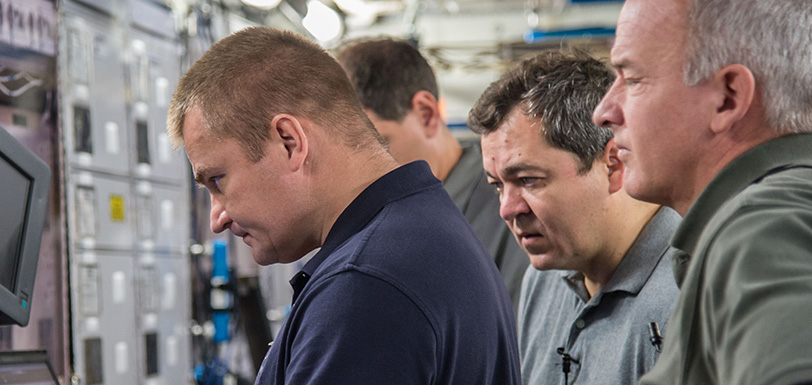
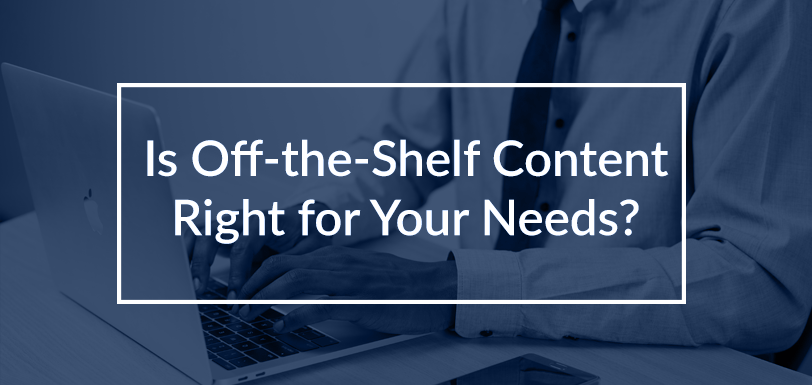
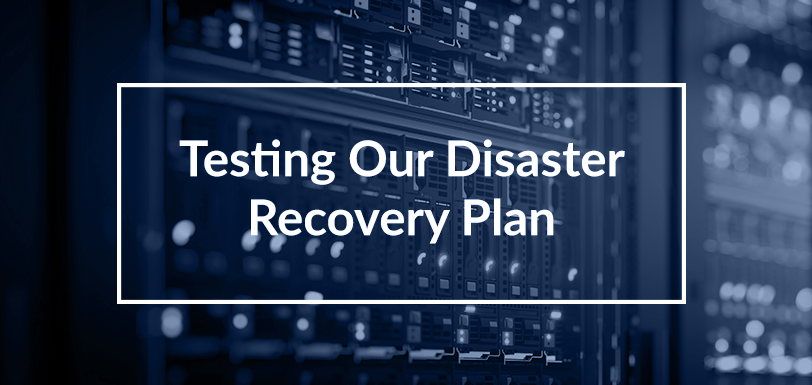
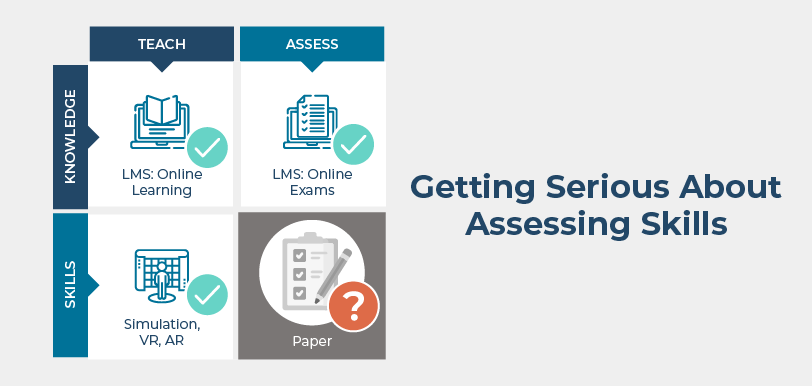
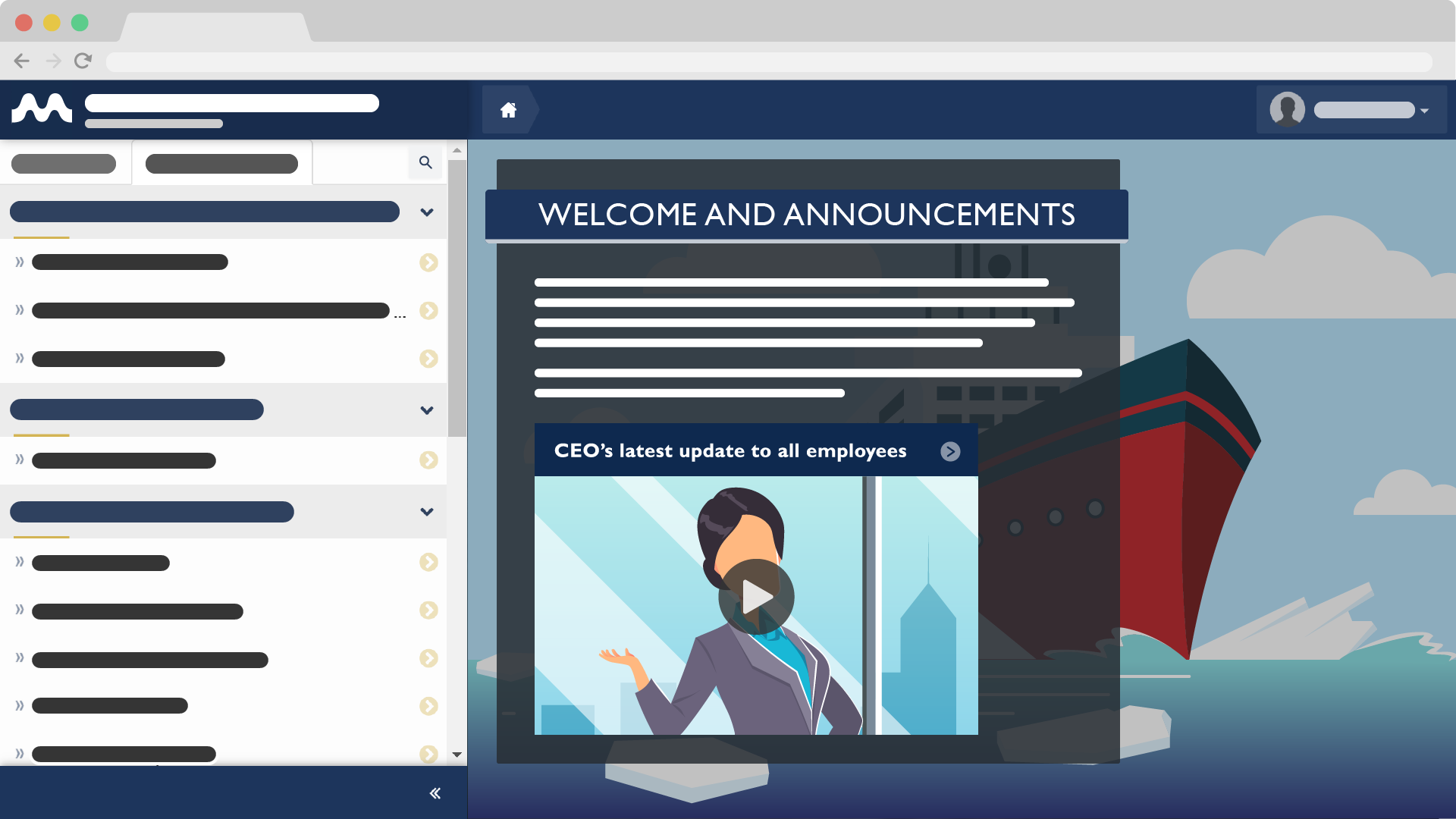
Points well taken, but the lurking gotcha is your qualifier “if done well.” What does that mean? What are the characteristics of e-learning done well compared with badly?